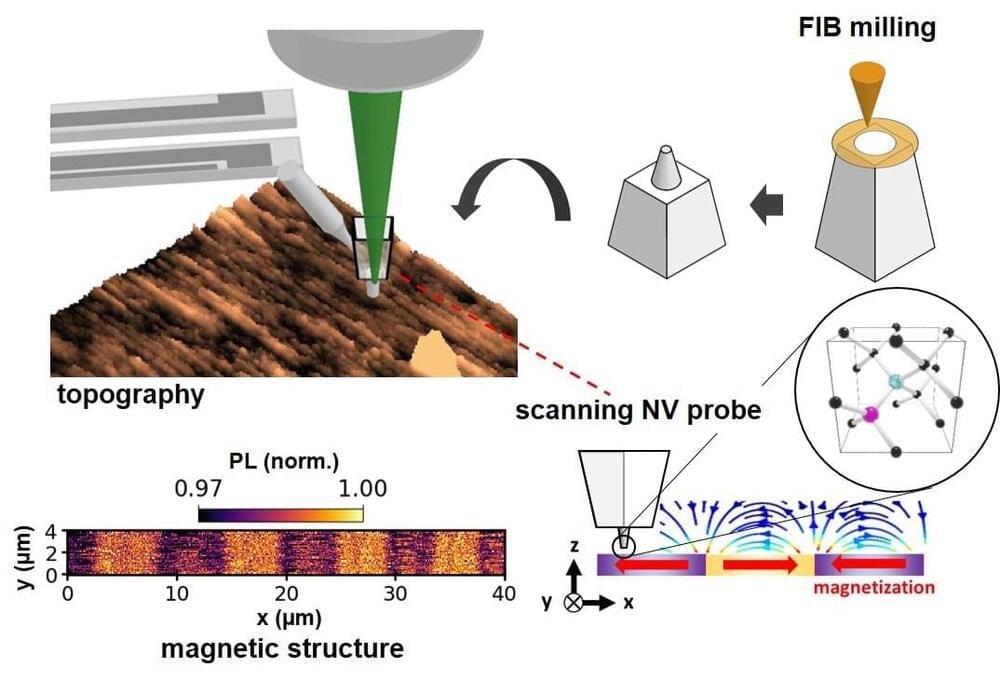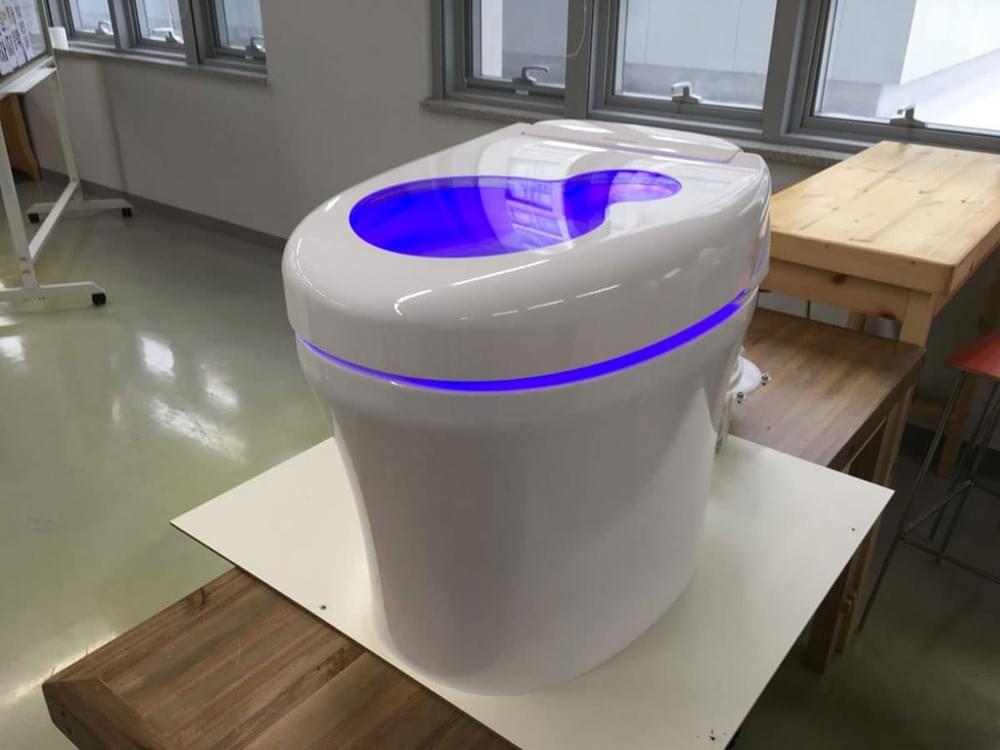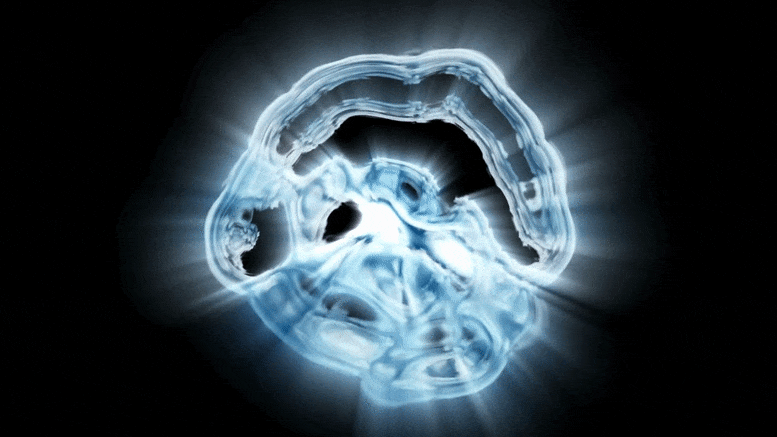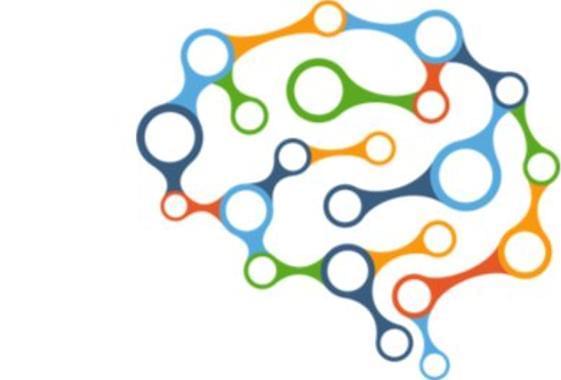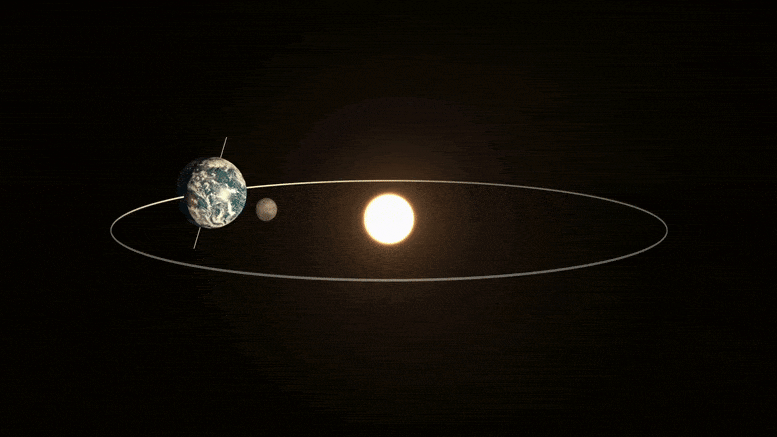A million years ago, the soundtrack of the “sky island” mountains of East Africa may have been very similar to what it is today. That’s because a group of tiny, colorful birds has been singing the exact same tunes for more than 500,000 years — and maybe as long as 1 million years, according to a new study.
Sunbirds in the family Nectariniidae are colorful, tiny, nectar-feeding birds that resemble hummingbirds and are common throughout Africa and Asia. They are the “little jewels that appear before you,” senior author Rauri Bowie, a professor of integrative biology at the University of California, Berkeley, and a curator in the school’s Museum of Vertebrate Zoology, said in a statement.
